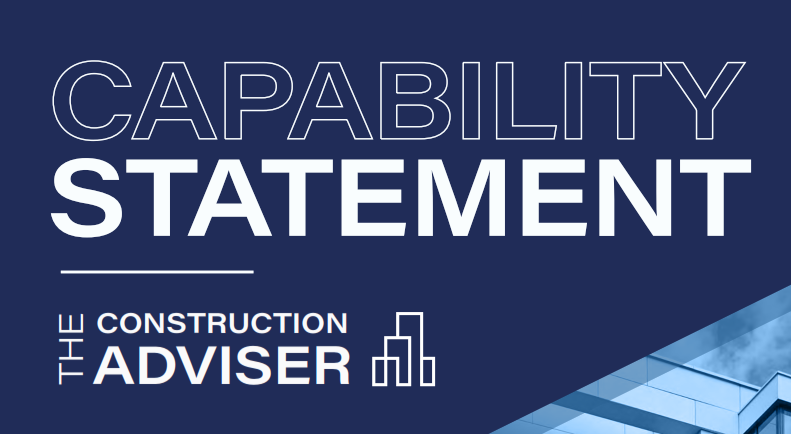
Australia is a successful country with a population that is once again on the rise, a sign of the country's growing need for extensive infrastructure improvement. Recently, the Australian Bureau of Statistics reported in one year a rise of 563,200 people, a figure that highlights the necessity of rapid infrastructure development to handle this substantial growth. In light of this significant population growth, it is essential to build housing and a resilient infrastructure that that can effectively support and enhance the quality of life for all Australians.
The government's recent announcement of a $10 billion housing fund initiative, aimed at constructing 30,000 new homes over the next five years, represents a positive initial step in addressing Australia's immediate housing needs. However, this vision must encompass more than housing; it must also include the development of comprehensive infrastructure (roads, services, transport, utilities, and communication) capable of sustaining this population growth effectively.
The Intergenerational Report 2023, recently unveiled by the Treasurer of Australia, underscores the vital role of infrastructure in supporting socio-economic development, fostering economic growth, and enhancing productivity. This document emphasizes the continued and increasing investment in infrastructure, a commitment that is essential in reducing congestion, ensuring the seamless and efficient movement of goods and people both within the nation and internationally.
Furthermore, these investments in infrastructure are instrumental in fostering enhanced connectivity, which, in turn, provides access to employment opportunities, healthcare, education, and a multitude of community activities, ultimately enriching the lives of Australians.
The report unequivocally suggests that a strategic review of the Infrastructure Investment Program, coupled with an enhanced planning and coordination framework with the various states and territories, is indispensable in improving the quality and sustainability of long-term infrastructure spending.
Construction Industry Challenges in Realising Infrastructure Growth
Australia's engineering and construction sector is undergoing a transformative phase, primarily concerning the management of project delivery risks. Organisations operating in this field must now institute resilient governance structures, incorporate thorough risk management practices, and deploy advanced digital systems for accurate reporting and forecasting. This goes hand in hand with ensuring infrastructure projects are delivered on time, on budget and are able to support further growth.
Key elements of this transformation include early engagement with contractors and the adoption of adaptable and performance-incentivised delivery models. These strategic shifts are crucial for efficiently navigating the evolving nature of projects.
Despite its potential for growth and the need for long-term planning that takes into account organic population growth, migrant growth, and asylum seeker growth, the construction industry is facing a number of difficulties, such as rising material costs, labour issues, and supply chain disruptions, all of which contribute to less-than-ideal project performance. According to KPMG, contractors are under a lot of pressure because just half of worldwide projects, including those in Australia, are finished on time and under budget. Government ministers along with other stakeholders must figure out how to put an end this situation. The trend towards optimised spending means that wasting time and money is no longer acceptable.
However, these challenges also offer an opportunity for positive transformation. Organisations responsible for major projects should prioritise the establishment of proper delivery and procurement models, precise cost estimates, and realistic schedules.
Emphasis should be placed on comprehensive risk management, cost analysis, equitable risk distribution, the establishment of efficient project management offices, solid governance, integrated project controls, and the adoption of data analytics and technology to enhance project performance and productivity.
A notable trend within the construction industry is the growing adoption of diverse technologies, including mobile platforms, artificial intelligence, and robotic process automation. Paired with the significant surge in modular or offsite manufacturing, these advanced technologies and methodologies are poised to markedly boost the industry's efficiency and overall performance.
Recognising the significance of advanced tools, the sector is increasingly turning its focus toward project management information systems, integrated project controls, building information models, and advanced data analytics to maximise return on investment in construction projects.
Moreover, the industry places a paramount focus on safety and workmanship. To uphold these standards, professionals must actively engage in ongoing training and skill development to meet the growing demands and expectations of a rapidly evolving industry.
Australia stands at a pivotal juncture in its infrastructural journey, grappling with the challenges and opportunities presented by our rapid population growth. The commitment to robust investment in infrastructure, coupled with overcoming the challenges of the construction industry, the integration of advanced technologies and comprehensive risk management practices, will undoubtedly empower the nation to not only accommodate but thrive in the face of this transformative period.
To discuss further your construction needs please contact us at info@tcadviser.com.au
read more articles


